Coyotes and wolves, both members of the Canidae family, are often confused due to their similar appearances. However, these wild canines have distinct characteristics that set them apart. From their size and social structures to their hunting habits and vocalizations, coyotes and wolves have evolved to fill different ecological niches. They’re both fascinating, beautiful predators of the canid family, but there are many distinct differences.
Size and Weight
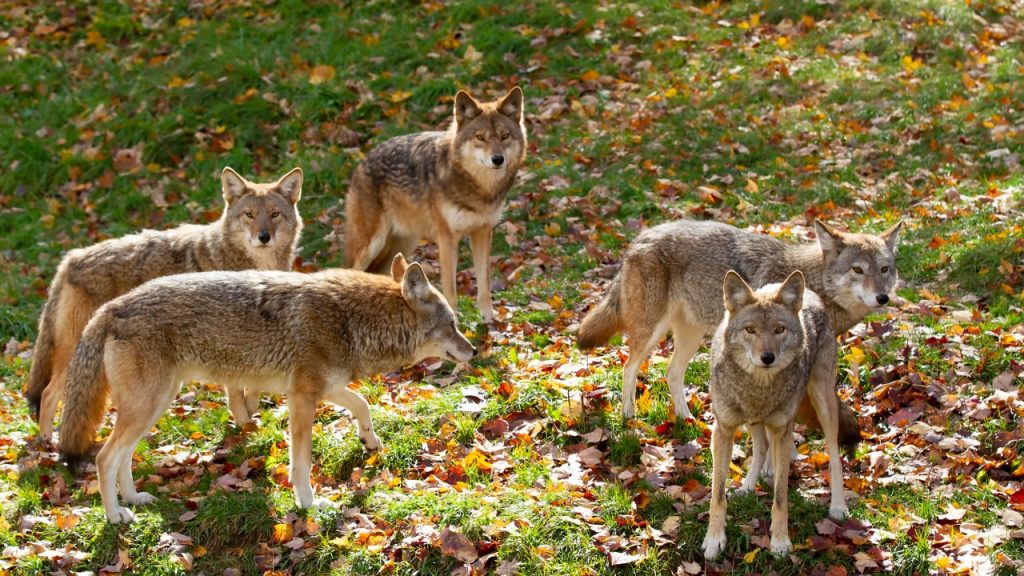
Wolves are significantly larger than coyotes. An adult gray wolf can weigh between 50 to 110 pounds and stand up to 32 inches tall at the shoulder. Coyotes, on the other hand, typically weigh between 20 to 50 pounds and reach a height of about 24 inches at the shoulder. This size difference affects their hunting strategies and prey choices.
Social Structure
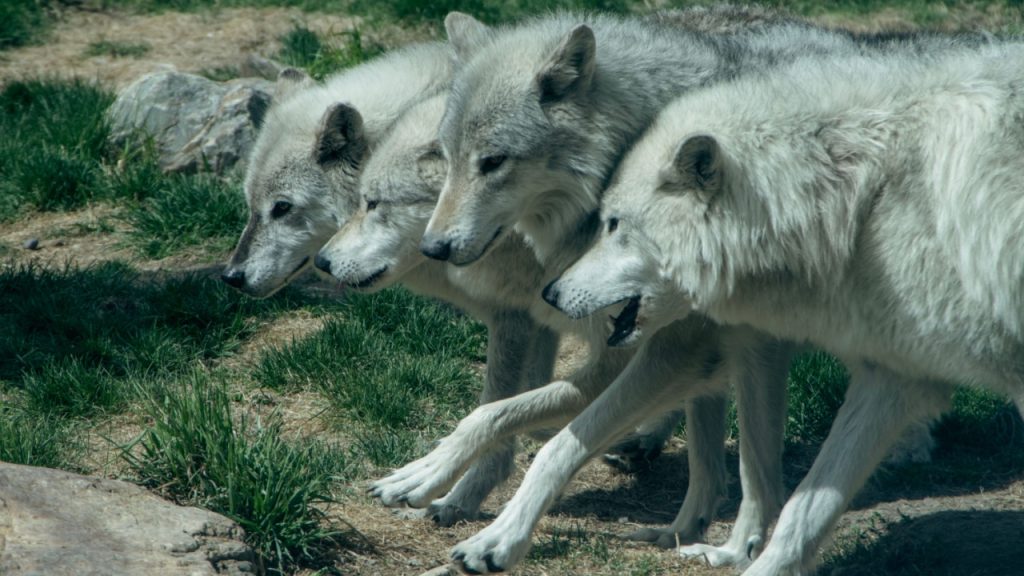
Wolves are highly social animals that live in packs, typically consisting of a breeding pair and their offspring from previous years. Pack sizes can range from 2 to 20 individuals. Coyotes are more flexible in their social structure, often living in pairs or small family groups, but they can also be solitary or form larger packs depending on resources and environmental conditions.
Habitat Range

Wolves prefer large, undisturbed wilderness areas and have historically inhabited a wide range of habitats across North America, Europe, and Asia. Coyotes are highly adaptable and can thrive in diverse environments, including forests, prairies, deserts, and even urban areas. This adaptability has allowed coyotes to expand their range while wolf populations have decreased due to habitat loss and human persecution.
Hunting Techniques
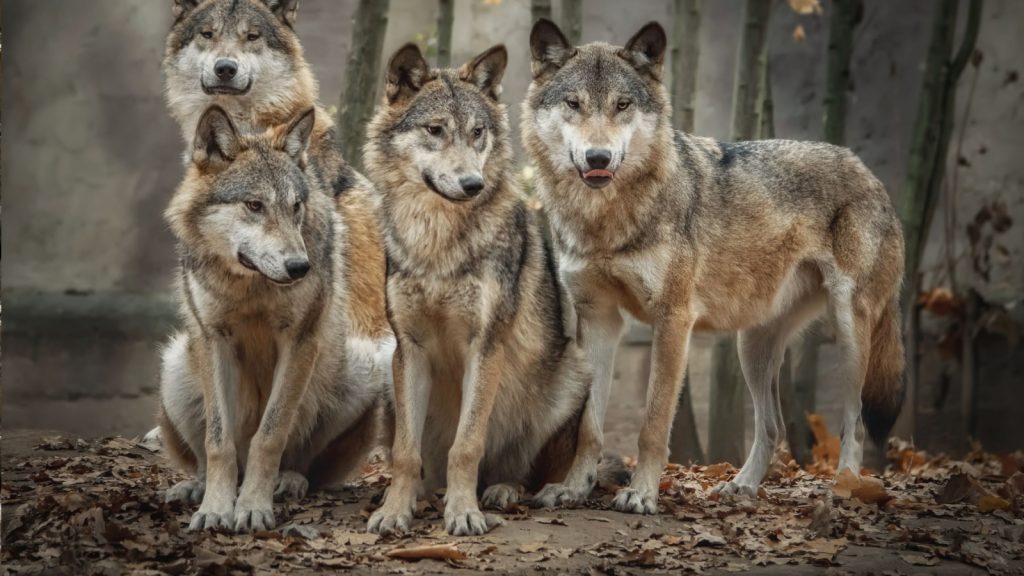
Wolves are cooperative hunters, working together in packs to take down large prey like elk, moose, and deer. They use complex strategies and can run for long distances to exhaust their prey. Coyotes are more opportunistic hunters, typically targeting smaller prey like rabbits, rodents, and birds. They hunt alone or in pairs, using stealth and short bursts of speed to catch their quarry.
Vocalizations
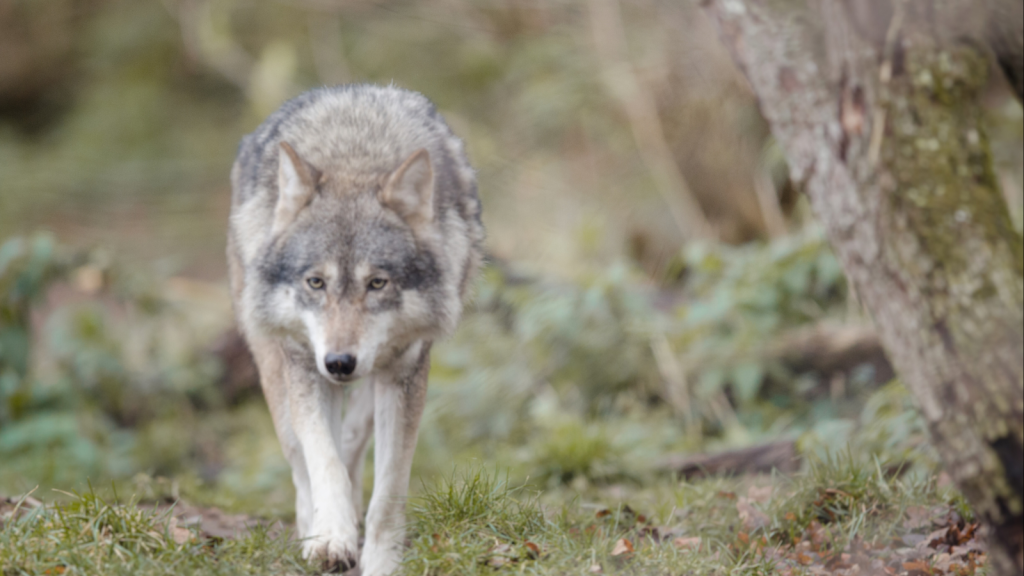
Both species are known for their howls, but there are distinct differences. Wolf howls are long, deep, and often harmonious when the pack howls together. Coyote vocalizations are higher-pitched and more varied, including yips, barks, and short howls. Coyotes often produce a series of high-pitched yips followed by a longer howl, creating their characteristic “song.”
Facial Features

Wolves have broader, more rounded faces with shorter ears relative to their head size. Their eyes are often described as having a more intense, direct gaze. Coyotes have narrower, more pointed faces with larger ears in proportion to their heads. Their eyes typically appear more angled and give a foxlike appearance.
Tail Position
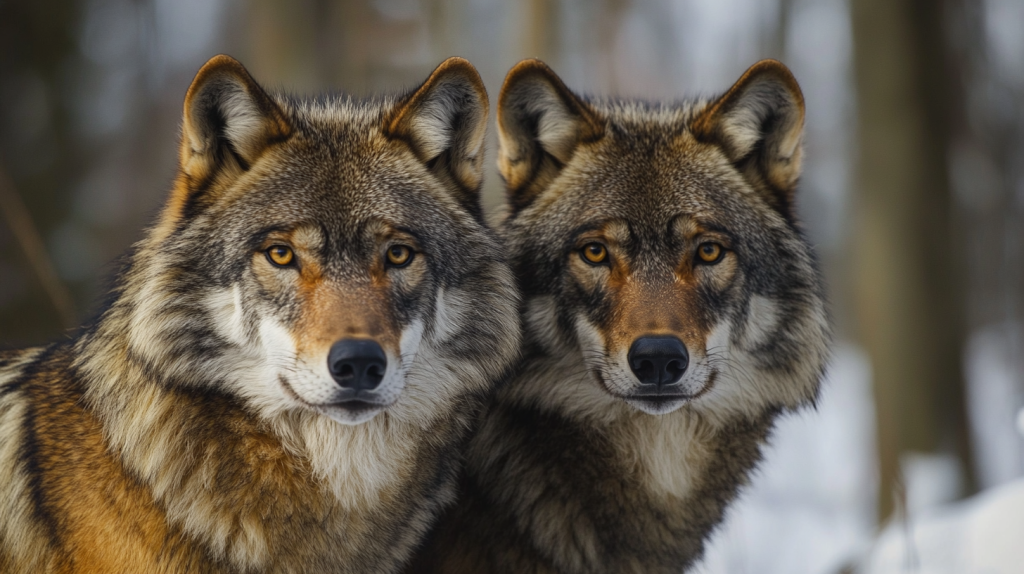
When running, wolves typically hold their tails straight out behind them or slightly lowered. Coyotes often run with their tails held down, almost between their legs. This difference in tail position can be a helpful identifying feature when observing these animals in motion.
Paw Size
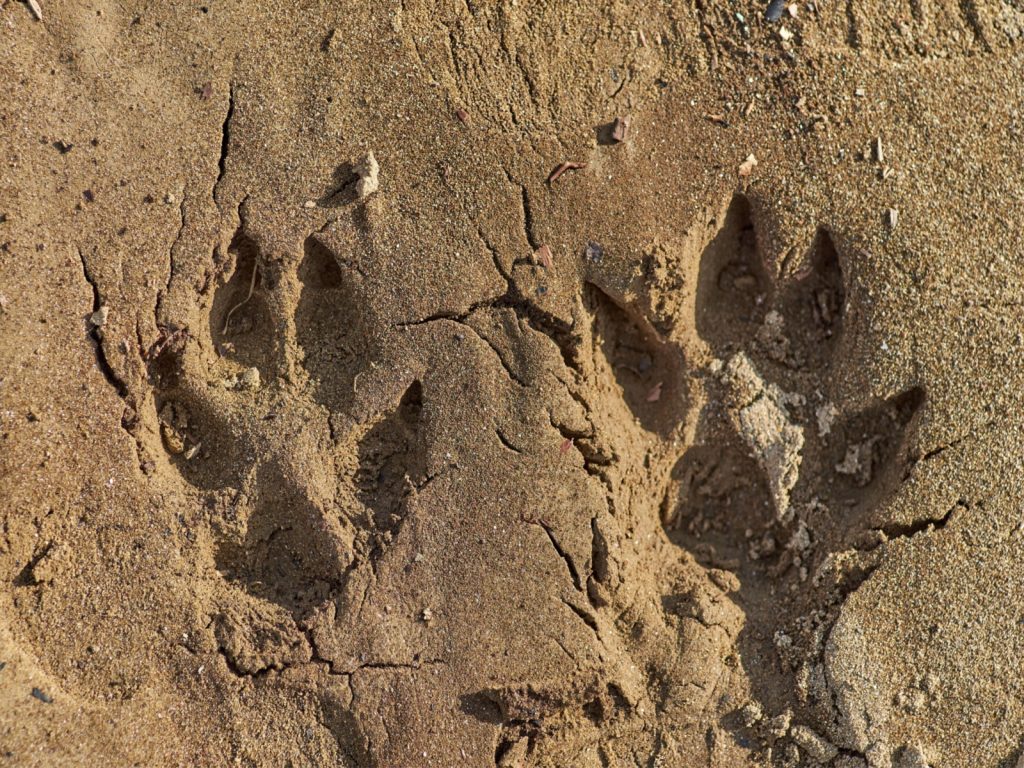
Wolf paws are significantly larger than those of coyotes, both in absolute size and in proportion to their body. A wolf’s paw print can be up to 5 inches long and 4 inches wide, while a coyote’s print is typically around 2.5 inches long and 2 inches wide. This difference in paw size reflects their adaptations to different hunting styles and habitats.
Breeding Habits

Wolves typically breed once a year, with the alpha female giving birth to a litter of 4-6 pups in spring. Coyotes are more flexible in their breeding habits. They can adjust their litter sizes based on available resources, having anywhere from 3 to 12 pups. In areas with high mortality rates, coyotes may breed more frequently or have larger litters.
Lifespan
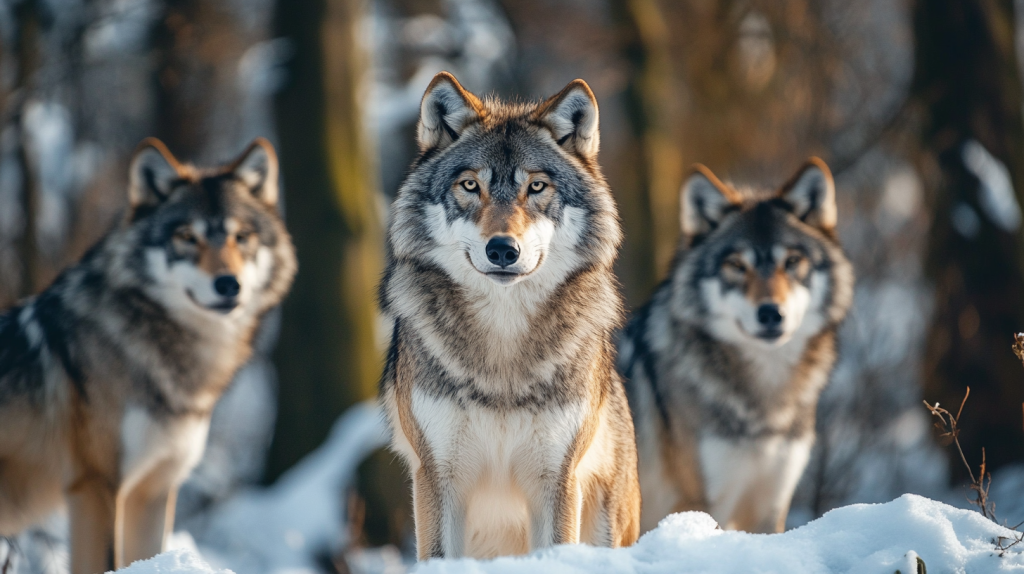
In the wild, wolves generally live 6-8 years, although some individuals in protected areas have been known to reach 13 years or more. Coyotes typically have a shorter lifespan in the wild, averaging 6-8 years, but they can live up to 14 years in captivity. The difference in lifespan is partly due to the different pressures and risks each species faces in their respective habitats.
Diet Diversity

While both species are carnivores, coyotes have a more diverse diet. Wolves primarily eat large ungulates, supplemented by smaller mammals. Coyotes eat a wide variety of foods, including small mammals, birds, reptiles, insects, fruits, and even human garbage in urban areas. This dietary flexibility contributes to the coyote’s success in various environments.
Genetic Adaptability

Coyotes show remarkable genetic adaptability. They can interbreed with dogs and wolves, producing fertile offspring. This ability has led to the emergence of “coywolves” in some areas where coyote and wolf populations overlap. Wolves, while able to interbreed with dogs, generally maintain more genetic distinctness in the wild.
Historical Range Changes
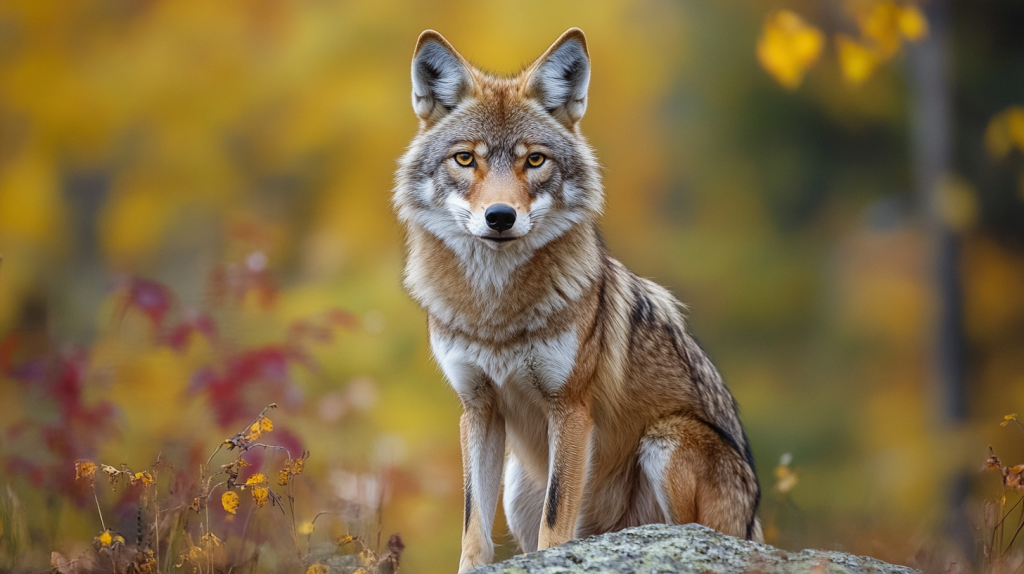
Historically, wolves had a much larger range across North America, Europe, and Asia. Human activities have drastically reduced wolf populations and their distribution. Coyotes, conversely, have expanded their range significantly over the past century, moving into areas formerly occupied by wolves and adapting to human-altered landscapes.
Interactions with Humans
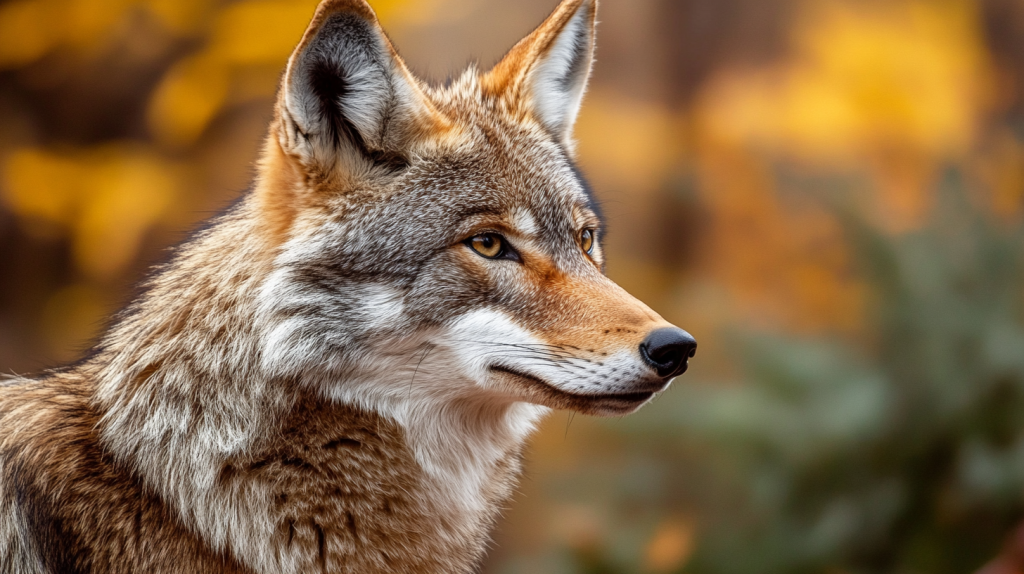
Wolves generally avoid human contact and are rarely seen in populated areas. They have been the subject of intense conservation efforts in many regions. Coyotes have adapted well to human presence and are often seen in suburban and urban environments. This has led to increased human-coyote conflicts in some areas.
Swimming Ability

Wolves are strong swimmers and will readily cross rivers or even swim short distances in the ocean if necessary. Coyotes can swim but are less inclined to do so and generally prefer to avoid water crossings when possible. This difference reflects their adaptations to different habitats and hunting strategies.



